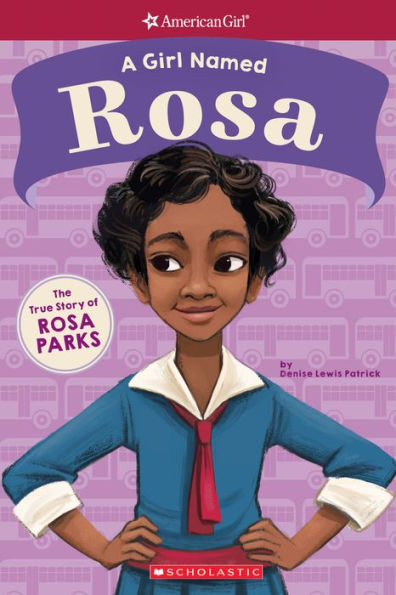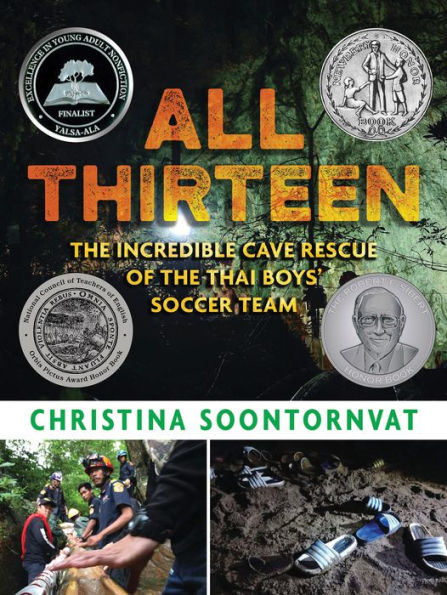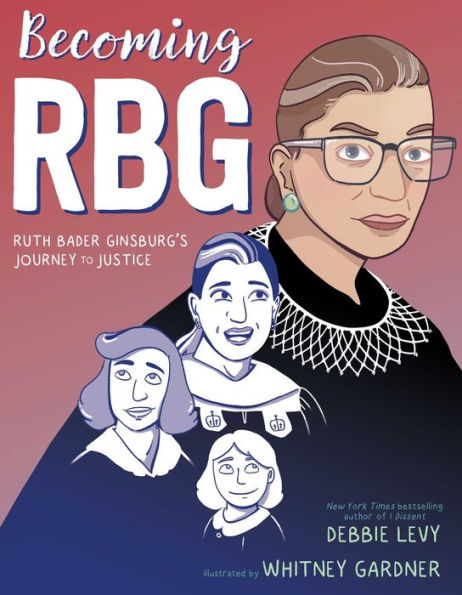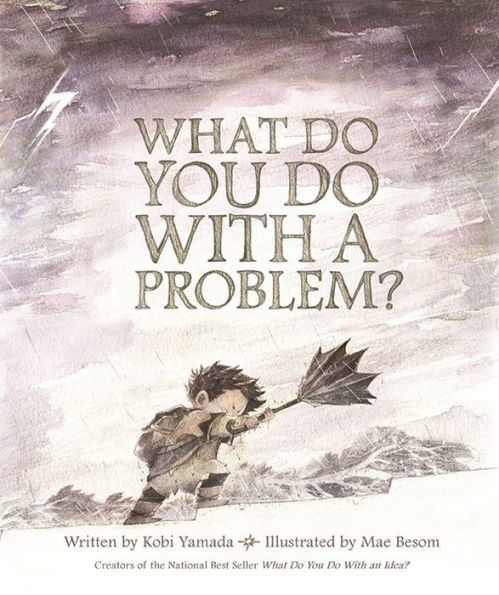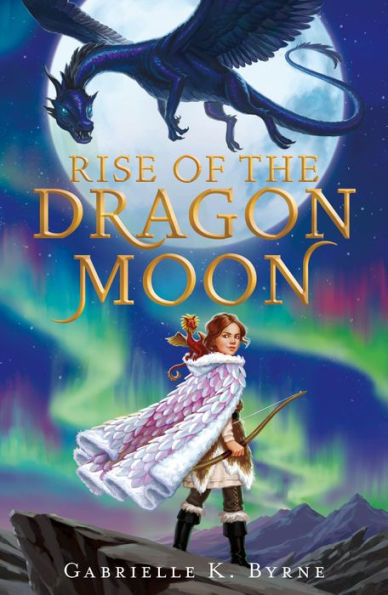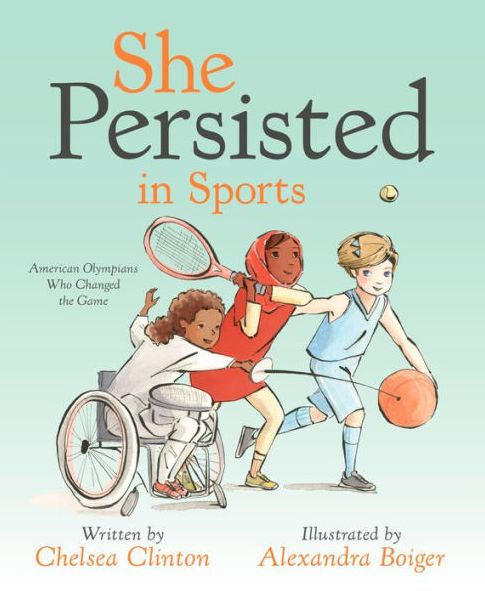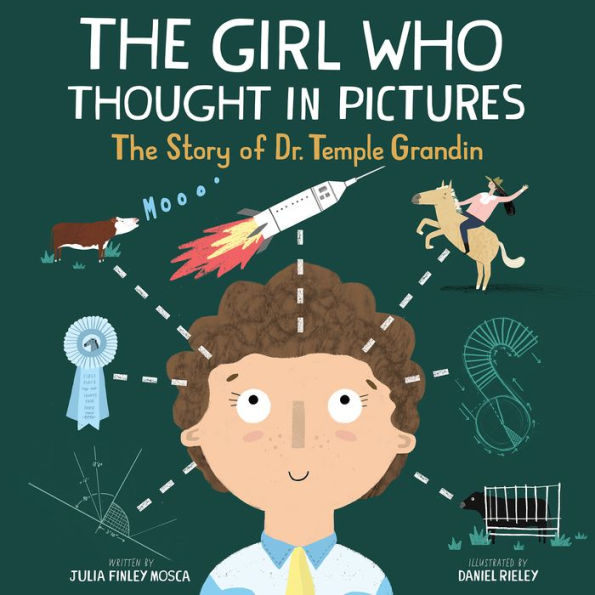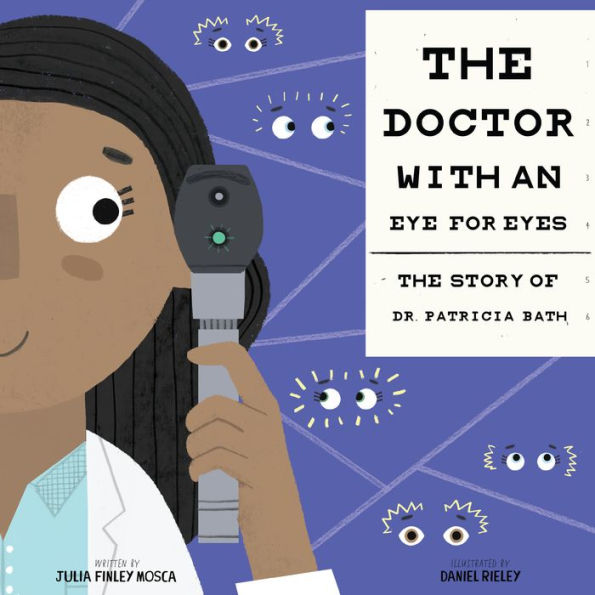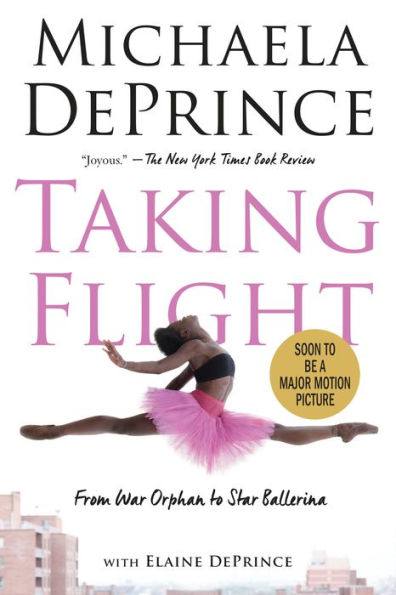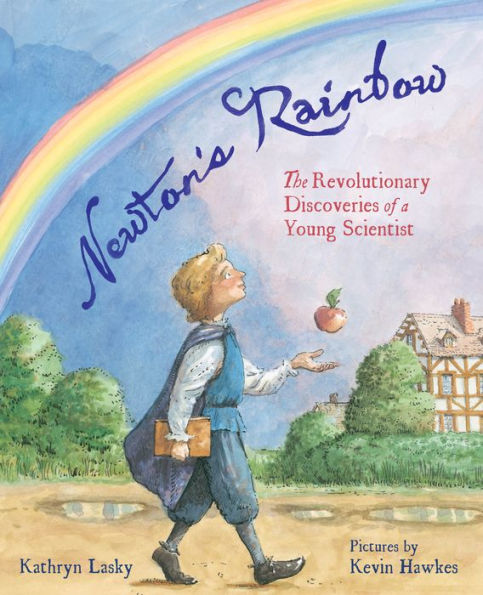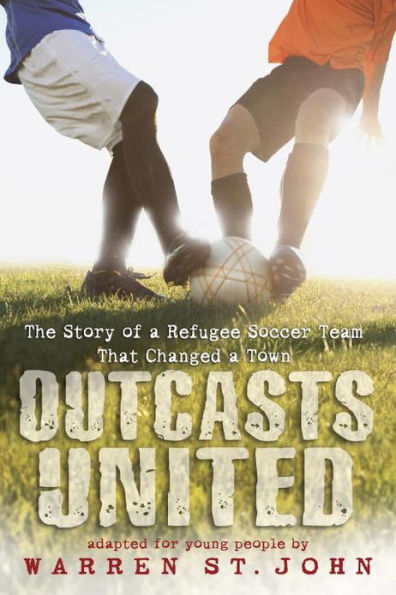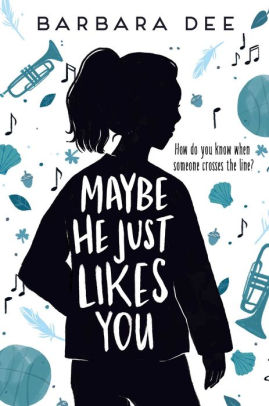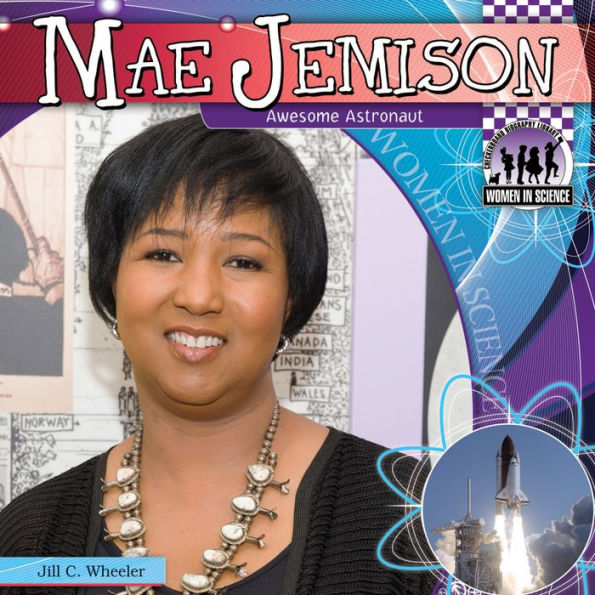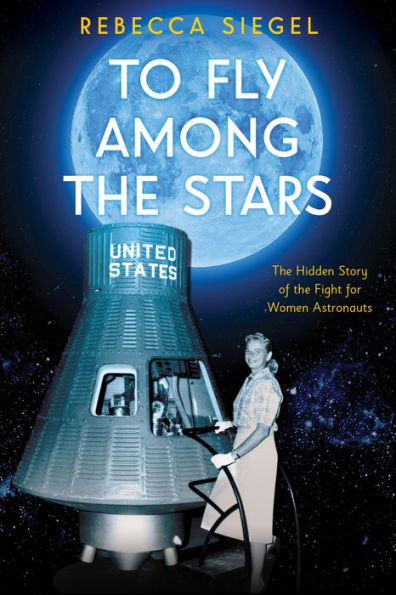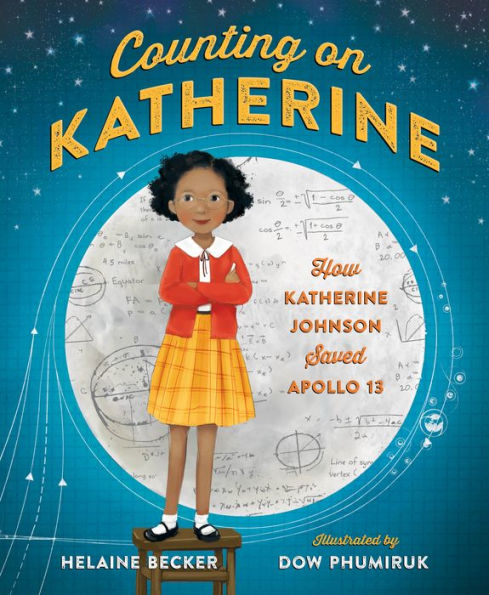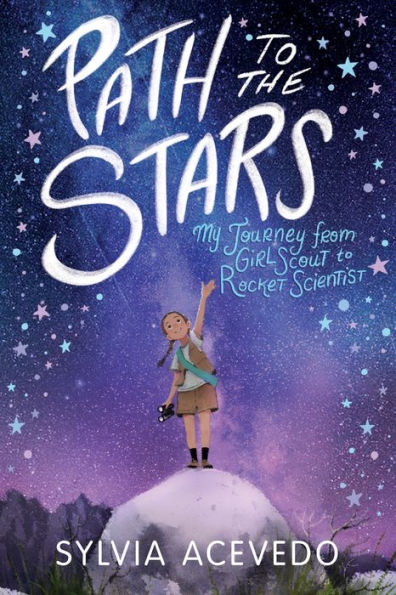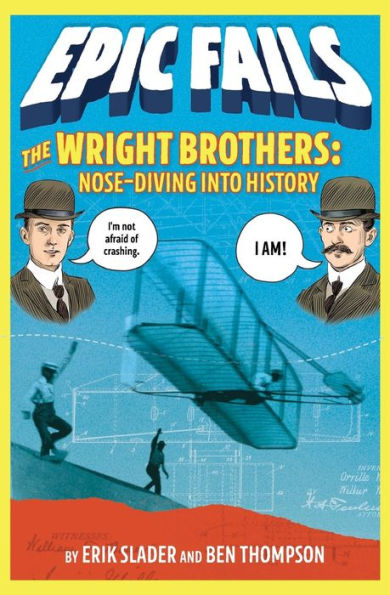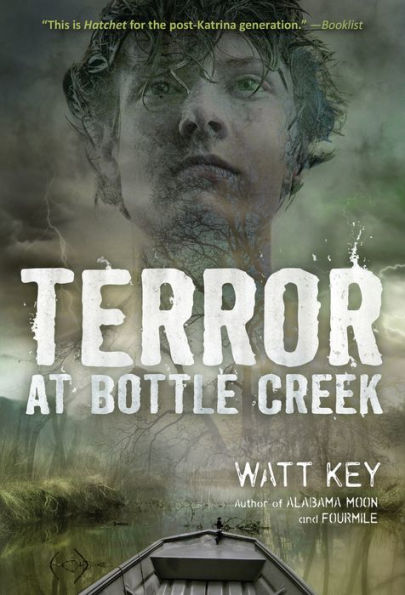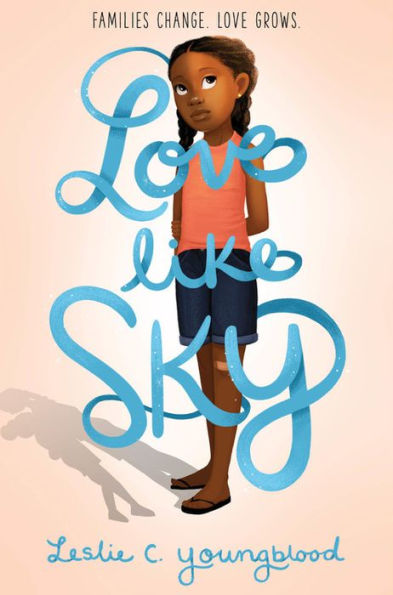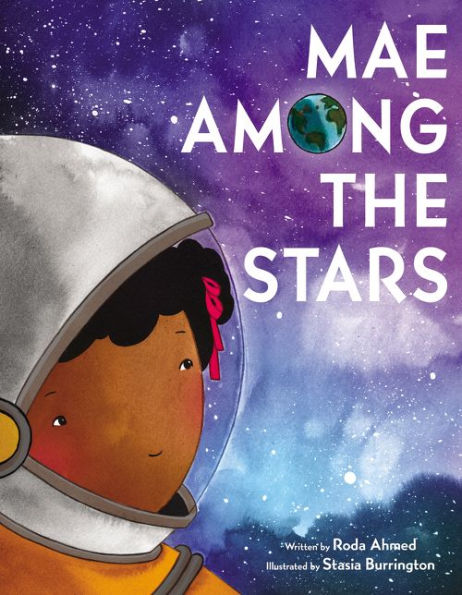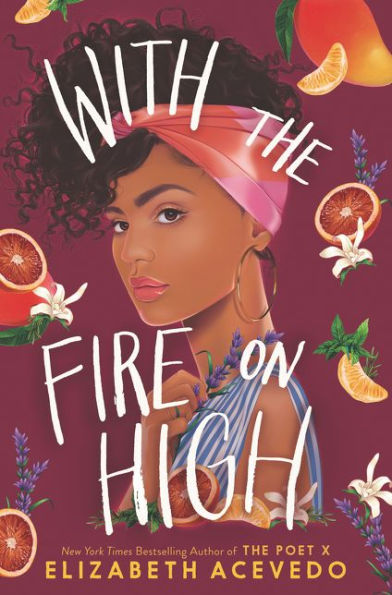What would you give for a chance to live your dreams?
For seventeen-year-old Korean American Rachel Kim, the answer is almost everything. Six years ago, she was recruited by DB Entertainment—one of Seoul’s largest K-pop labels, known for churning out some of the world’s most popular stars. The rules are simple: train 24/7, be perfect, don’t date. Easy right?
Not so much. As the dark scandals of an industry bent on controlling and commodifying beautiful girls begin to bubble up, Rachel wonders if she’s strong enough to be a winner or if she’ll end up crushed…especially when she begins to develop feelings for K-pop star and DB golden boy, Jason Lee. It’s not just that he’s charming, sexy, and ridiculously talented. He’s also the first person who really understands how badly she wants her star to rise.
Get ready as Jessica Jung, K-pop legend and former lead singer of Korea’s most famous girl group (Girls’ Generation) takes us inside the luxe, hyper-color world of K-pop. The stakes are high, but for one girl the cost of success—and love—might be even higher. It’s time for the world to see: this is what it takes to SHINE.
Life as a trainee is not glamorous. Instead, the girls’ daily weight checks are belittled and they are treated harshly. For example, one of the trainers yells at Rachel. “Look, if this is too hard for you, go home. You think giving me attitude will make you a better dancer? Get your head out of your ass and try harder. If you can’t even get these dance steps, you’ll never get anywhere.” All of the girls take the abuse because they are afraid that speaking up will cause them to be kicked out of the training program.
In the K-pop world, men and women have different standards. Women get lower pay, aren’t supposed to date and are treated badly. One K-Pop singer says, “All they [her agents] care about is making us into perfect K-pop machines that will do everything they say and rake in the money for them.” Shine puts a spotlight on the sexism in the K-pop world as well as in the girls’ families. Even though women are treated differently than men, the women never come together to work to improve their situation.
Even though the narrator, Jessica, is self-centered, acts rashly, and is sometimes mean, readers will get caught up in the drama of the K-Pop world. Jessica’s erratic behavior keeps readers on the edge of their seats. Unfortunately, all of the characters have flaws that will leave readers wondering why anyone would subject themselves to the abuse of training. Jessica leaves the reader with one thought, “When we feel like we cannot do this any longer, we remember that we already have, and we will again.” If you’re up for a fun, romance-based Korean comedy, add I Believe in A Thing Called Love by Maurene Goo to your must-read list.
Sexual Content
- Rachel sees two people she knows with their “lips locked.”
- Right before a concert, Jason “cups one hand gently against my face, and I let my eyes close as I lean in. I feel his lips press softly against mine. Warmth floods through my entire body as he moves his hand to the back of my neck, sparking in my stomach and out to my fingertips.”
- While at a party, Jason kisses Rachel. “When he finally turns toward me, his face lit up in the familiar Jason way, it feels like a thousand tiny fireworks going off in my heart. . . I throw my arms around him and kiss him.”
- Rachel overhears trainees talking about a love triangle between a K-pop star and two girls. The girl says, “I heard she’s [Rachel’s] pregnant with Minjun’s love child. . .”
- A boy comes over to Hyeri’s house, one of Rachel’s friends. “Hyeri throws her arm around him and presses her lips against his. Juhyn and I cheer as Daeho wraps his arms around her and kisses her passionately back. . .”
Violence
- Rachel sees Akari, a trainee, being yelled at by her trainer. “Her voice cracks on the high note and the trainer bends over, slapping her hard in the gut. Akari winces through the blow but doesn’t stop singing. . . the trainer hits her again. Harder.”
Drugs and Alcohol
- When a trainee was let go “rumors had run rampant that she had a drug problem and she owed thousands of dollars to her dealers.”
- Rachel goes to a party at the trainee house. “I trip over more than a few empty beer cans as I march toward what looks like the bar area. . .”
- Rachel and other people at the party drink. “People are dropping shows of grapefruit soju into beer glasses and downing the whole drink.”
- While at the party, Rachel gets drunk and then one of the trainees puts something in Rachel’s champagne. Later, Rachel wonders, “What the fuck did Mina put in that drink?”
- Rachel goes to a hotel buffet and sees “a young couple sharing a bottle of wine with their salmon dinner.”
- Jason and Rachel go to a restaurant for dinner. While there, they see three girls. “One of them is clearly wasted, chugging soju straight from the bottle.”
- Rachel and Jason go to dinner with Jason’s aunts, who order wine.
- Rachel and Jason go to a party, where alcohol is served to minors.
- Rachel goes to her friend’s house and they have “alcohol bottles lined up neatly on the table, all ready for the twin’s predrink.” Upset, Rachel grabs “the bottle of tequila and pop[s] it open. . . I take a big gulp straight from the bottle.” All three of the girls get drunk.
Language
- “Omg,” “God,” and “ohmygod” are occasionally used as exclamations.
- Profanity is used often. Profanity includes ass, asshole, badass, bitch, crap, damn, fuck, hell, holy shit, piss, and shit.
- Rachel says “thank god” several times.
Supernatural
- None
Spiritual Content
- None

